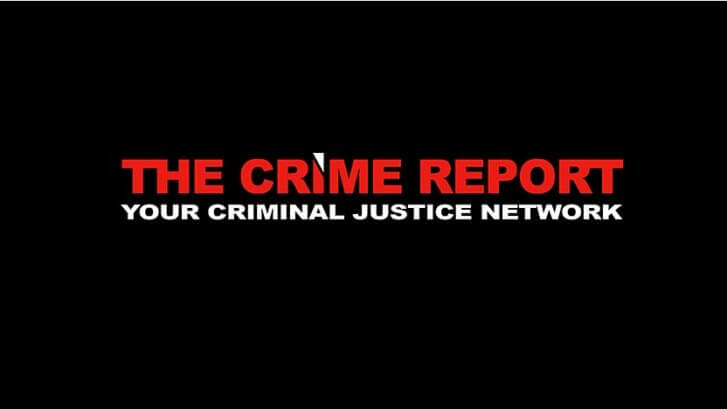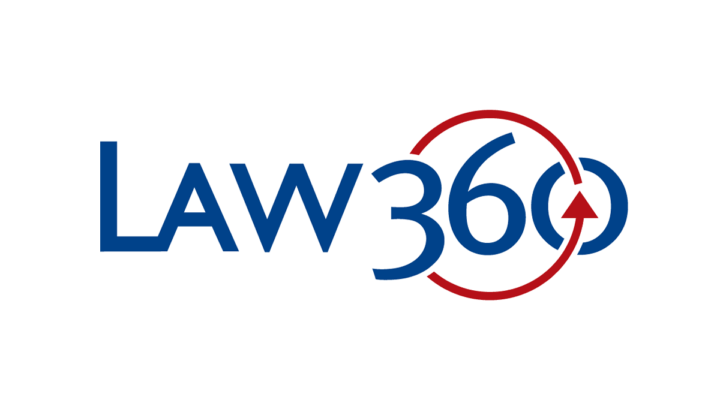BCL associate Suzanne Gallagher’s article discussing recent developments in the application of predictive policing technology has been published by The Crime Report.
Here’s an extract from the article:
“Using a computer to predict criminal behavior sounds like the stuff of science fiction. Yet police are already using algorithmic technology to identify and deter the offenders of tomorrow.
To date, there has been no systematic review of these efforts to forecast crime in the UK. A recent report has provided valuable insight into how UK’s National Crime Agency (NCA) is adopting these technologies in a cybercrime context, with some interesting case study examples.
Through the Cyber Choices program, the NCA identifies “at-risk” young people, based on online activity which indicates a potential interest in cybercrime forums or the purchase of cybercrime tools. Using a set of risk characteristics, the NCA then targets these young people before they engage in serious illegal activity.
Once identified, NCA officers visit these young people to discuss their behavior with them and with their parents.
Data gleaned from this program is also utilized in a complementary “influencer operations” project, in which young people, some as young as 14, who have googled cybercrime services receive targeted Google advertisements informing them that these services are illegal and that they face NCA action if they purchase them.
The NCA also linked these advertisements to hashtags for major gaming conventions.
Data-Driven Policing in the UK
This is not the first time UK law enforcement agencies have used data-driven technology to forecast crime involving young people. Under the Gang Violence Matrix, a system maintained by the Metropolitan Police Service (MPS) that ranks individuals on a scale using data based on arrests, convictions and intelligence, an individual is added to the list as a gang “nominal” if he or she meets the threshold for inclusion.
The system identifies victims as well as perpetrators of gang-related crime, with the aim of ensuring they receive the support to prevent further victimization, and to divert them from gang activity.
As of July 2016, 15 percent of those on the Matrix were minors, the youngest being just 12 years old.
Proponents argue these tools help reduce crime and allow police to target resources to the benefit of the wider community. Concerns around the use of this technology center on its long-term consequences, including the effect of contact with law enforcement authorities at such a young age, with the potential risk of stigmatization by peers, educational establishments and future employers were they to learn of it.”
This article was published by The Crime Report on 13/10/21. You can read the full version on their website.




